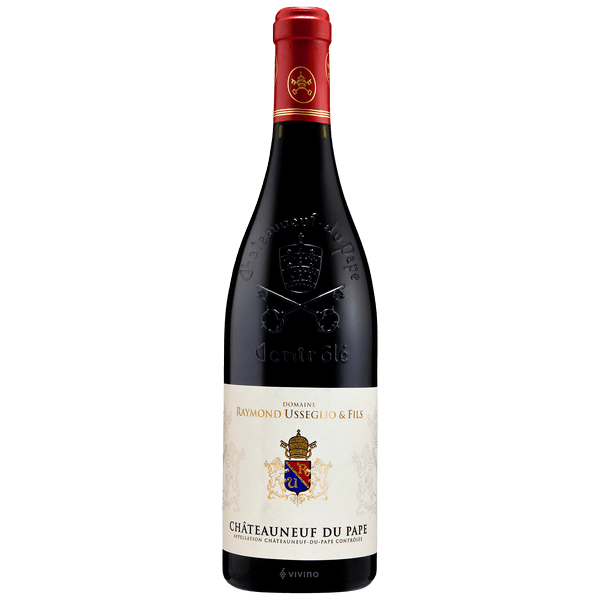In advance of a Decanter tasting of 2009 and 2019 Châteauneuf, I thought it was time for me to try a mini-vertical tasting of the wine from Raymond Usseglio et Fils.

The 2019 is 80% Grenache, 20% Syrah, Mourvedre, Cinsault and Counoise and weighs in at 14.5%. It was a hot year in the region, especially the summer. It has a very youthful but very pure nose and the Grenache is certainly the dominant feature here as it is on the palate . The other grapes are there in the background but definitely in support (try the 'Part des Anges' cuvée, on the other hand, for a completely different story). It is medium-to-full bodied, a nice weight to complement the palate, and has slightly chalky tannins at present but these give a little more flesh to the wine. Presumably they emanate from the barrels which are subtly present (more so texturally than in flavour). A good finish - it persists for quite a while and in a very pleasing way. Stef recommends decanting this in its youth. I didn't but will come back to it later, no doubt.
2009 was quite a hot vintage as well. The cepagement was slightly different back then: 80% Grenache, 10% Mourvèdre, 6% Syrah and 2% each Cinsault and Counoise but the alcohol matches its younger sibling. The colour - and the nose - is more evolved but still good. The palate is far more evolved. What a lovely wine: rounded with plenty of glycerol. The Grenache still dominates but the other varieties are contributing more now, especially the Mourvèdre and Counoise. Rich and extremely drinkable.
Comments
Post a Comment